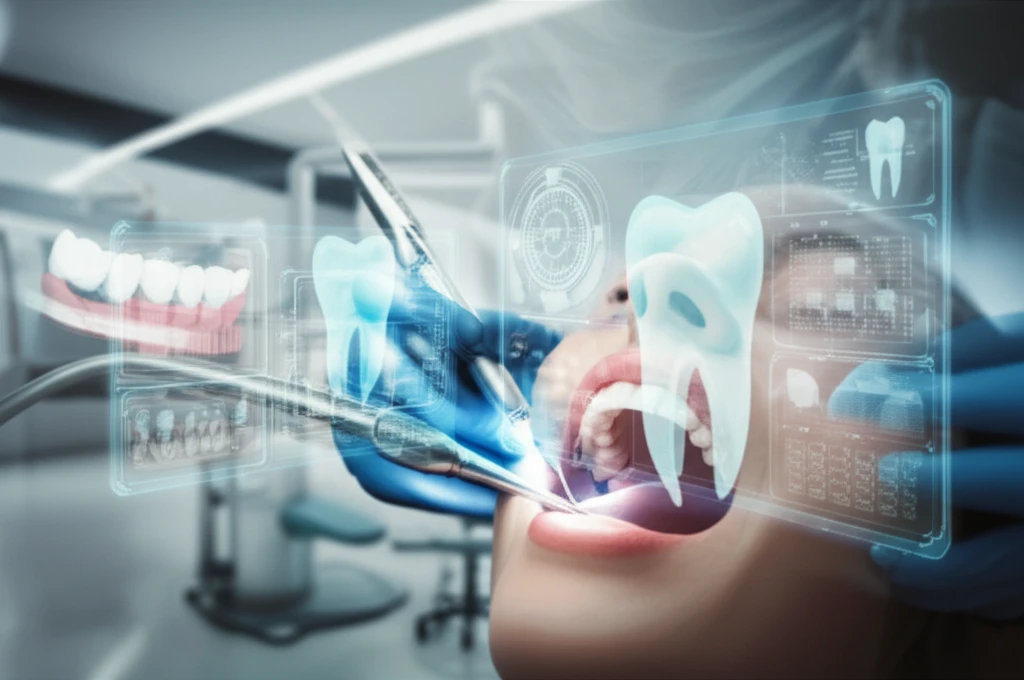
Dental Breakthroughs: Innovative Technologies Revolutionizing Patient Care
"Explore the Cutting-Edge Advancements in Dental Technology and Their Impact on Your Smile"
In the ever-evolving landscape of healthcare, the field of dentistry is experiencing a transformative revolution. Fueled by cutting-edge technology and innovative materials, dental practices are now equipped with tools that enhance precision, improve patient comfort, and deliver superior treatment outcomes. This article delves into the latest breakthroughs in dental technology, exploring how these advancements are reshaping the way we care for our smiles.
From state-of-the-art handpieces designed for optimal performance to groundbreaking composite materials that mimic the natural appearance of teeth, the dental industry is at the forefront of innovation. These advancements not only benefit dental professionals by streamlining procedures but also provide patients with a more positive and efficient experience.
Join us as we explore the key innovations driving this dental renaissance, revealing the impact of these technologies on everything from routine check-ups to complex restorative procedures. Get ready to discover how modern dentistry is transforming smiles and enhancing overall oral health.
Unveiling the Latest Innovations in Dental Technology

The dental industry's commitment to progress is evident in the continuous stream of technological advancements. One such innovation is the ideal practice handpiece cover. B.A. International, certified to EN ISO 13485:2016, offers a cost-effective solution for dental practices. These covers allow for precise budgeting, tailored to the specific needs of each practice. They offer a comprehensive maintenance package that includes monthly oiling, laser marking, and are designed to last for 36 months.
- Enhanced Precision: Digital imaging, 3D printing, and guided surgery allow for more accurate diagnoses, treatment planning, and execution.
- Improved Patient Comfort: Minimally invasive techniques, such as laser dentistry and air abrasion, reduce pain, swelling, and recovery time.
- Superior Treatment Outcomes: Advanced materials, such as biocompatible implants and durable composite resins, ensure long-lasting results.
- Increased Efficiency: Digital workflows, automated systems, and streamlined procedures save time and resources for both dentists and patients.
- Personalized Care: Technology enables dentists to tailor treatments to each patient's unique needs and preferences.
The Future of Dentistry: A Bright and Innovative Outlook
The future of dentistry is brimming with promise. As technology continues to evolve, we can anticipate even more groundbreaking innovations that will further enhance patient care and transform the dental experience. From personalized treatments to advanced restorative techniques, the dental industry is poised to continue its trajectory of progress. Embrace the future of your smile, and consult with your dentist to discover how these cutting-edge technologies can benefit your oral health and overall well-being.
